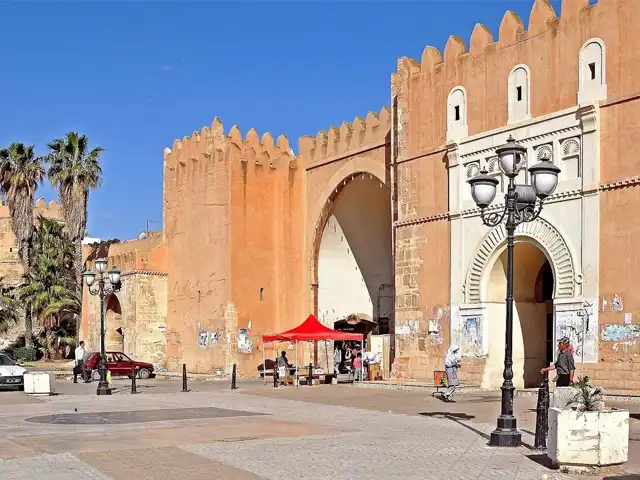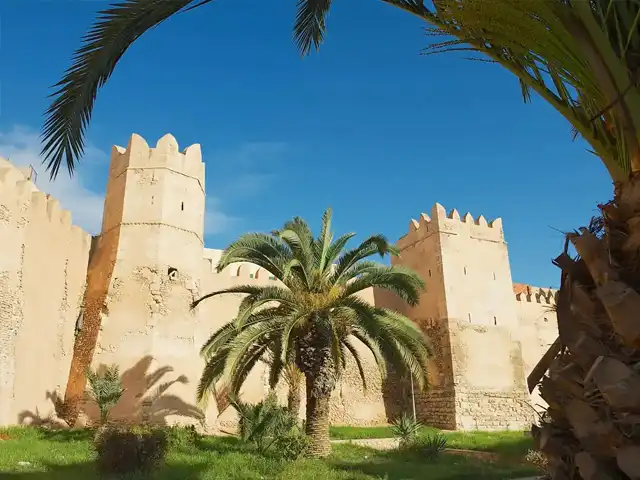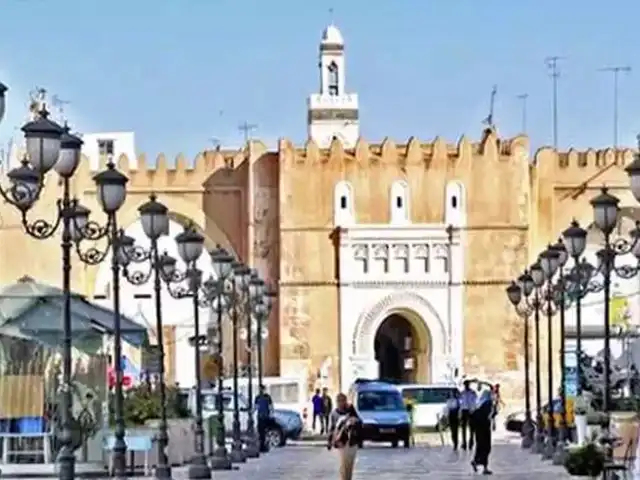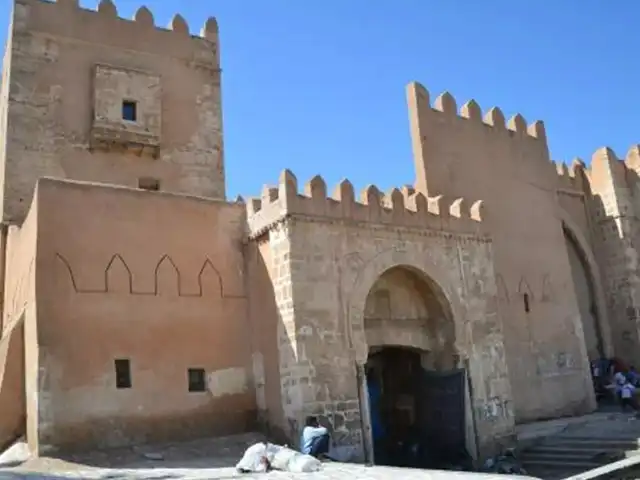The medina of Sfax
Tunisia has three medinas classified as World Heritage by Unesco: those of Tunis, Kairouan and Sousse. Another medina with a remarkable past and architecture, that of Sfax, is in the process of being registered on the prestigious list of cultural assets of Unesco.
This medina, founded in 849 under the Aghlabid dynasty (800-909), is one of the best illustrations of the town planning of Muslim cities built between the 7th and 10th centuries. Divided into four large blocks, it is distinguished by its regular orthogonal plan and by the preservation of its entire fortified enclosure, which dates mainly from the 9th century. This one, whose height varies between seven and eleven meters, is punctuated by thirty-four towers and has two monumental entrances, aligned on the same axis.
It is considered to be one of the rare medieval towns in North Africa which, despite the multiple alterations that its buildings have undergone over the centuries, still retains a little modified urban fabric. It is also the most representative and best preserved example in the entire Mediterranean basin of Arab-Islamic town planning as it was defined at its beginnings. Some of its monuments are classified as national heritage, the oldest since 1912. On February 17, 2012, the Tunisian government proposed it for future classification on the UNESCO World Heritage List.
The jewel of the old town, its Great Mosque, is a place of worship more than a thousand years old occupying a central position. With its ramparts, its streets, its oratories, its residences, its hammams and its souks, the medina of Sfax is a heritage complex combining beauty, authenticity and monumentality.
At the end of the 19th century, at the beginning of the French protectorate, a new district was created opposite the eastern side of the ramparts. Covering an area of around 35 ha, this district, called Bab-Bhar, takes over from the rbat el-qobli (literally southern suburb), also called the “franc district”. Its morphology broadly follows the medinal model, but is distinguished by its more airy street network. Its design illustrates an inspiration from the architectural heritage of the medina and a deliberate desire for harmony between the two sets, the historic and the colonial. An interesting mirror effect makes the advances of the dungeons and the towers of the ramparts respond to the setbacks of the buildings facing them.
The medina of Sfax in pictures





